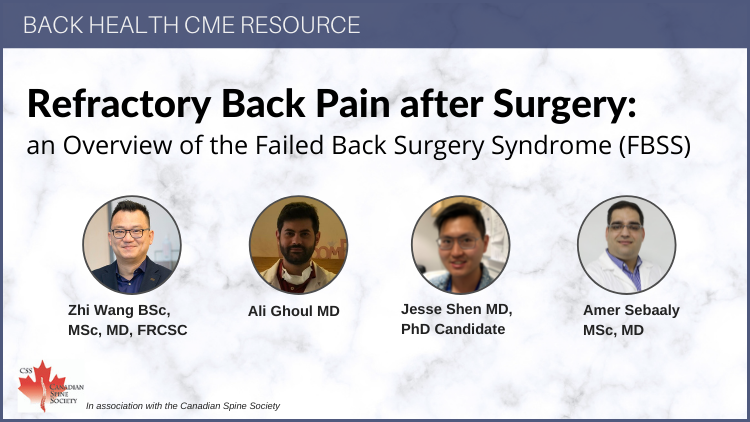Victoria J. Scott, PhD, RN, Clinical Assistant Professor, School of Population and Public Health; Senior Advisor, Falls & Injury Prevention, BC Injury Research & Prevention Unit and Ministry of Healthy Living and Sport, Victoria, BC.
S. Johnson, PhD, Professor, Faculty of Kinesiology and Health Studies, University of Regina, SK.
J.F. Kozak, PhD, Assistant Professor, School of Population and Public Health, University of British Columbia; Director of Research Centre for Healthy Aging, Providence Health, Vancouver, BC.
Elaine M. Gallagher, PhD, RN, Professor, School of Nursing; Director, Centre on Aging,
University of Victoria, Victoria, BC.
Approximately one in two older adults living in long-term care (LTC) settings sustains a fall every year, resulting in significant human suffering and treatment costs. The complex set of factors that contribute to fall risk among this population demands a multidisciplinary approach to this problem, with physicians playing a pivotal role in risk assessment, prevention, and management. We describe a study where facility personnel from five LTC sites were trained in the use of a standardized surveillance tool to track falls, fall injuries, and contributing factors over 16-months. Using a pre-/post-test design, interventions included a multidisciplinary, evidence-based approach to fall risk assessment and monitoring, environmental modifications, exercise, and education strategies. Interventions by a multidisciplinary team, including physicians, were successful in reducing fall-related injuries and relatively successful in reducing the rate of falls among LTC residents. Further study is needed over a longer period of time, using a randomized control trial, to determine the effectiveness of specific interventions and to generalize findings to the larger population of LTC residents.
Key words: fall prevention, long-term care, multidisciplinary approach, older adults.

